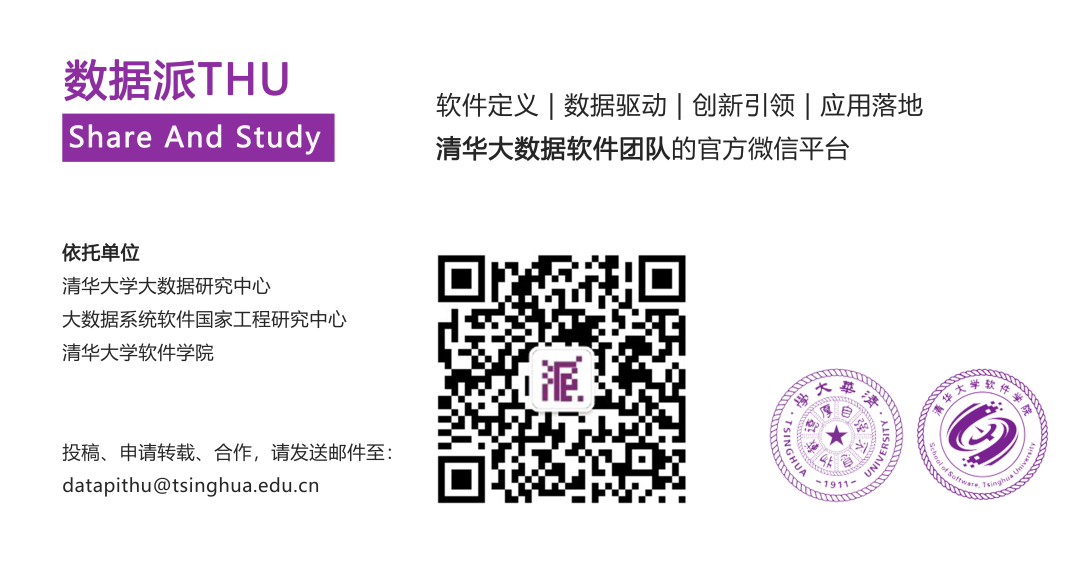
Source: Deephub Imba
This article is about 1400 words long and is suggested to be read in 5 minutes.
Integrating ChatGPT and LLMs into various applications is just part of the potential of using language models.
The emergence of ChatGPT and LLM technologies has led to these cutting-edge language models sweeping the world. Not only AI developers, enthusiasts, and some organizations are exploring innovative methods to integrate and build these models.

The popularity of AutoGPT has shown us an increasing number of autonomous tasks and agents utilizing the GPT-4 API. These developments not only enhance the ability to handle complex tasks that integrate different systems but also push the boundaries of what we can achieve through autonomous AI.
Here, we will summarize some open-source tools similar to AutoGPT, which can be broadly categorized into command-line interfaces (CLI) and browser-based solutions. HuggingGPT supports both solutions simultaneously.
Browser: AgentGPT, CAMEL, Web LLM
Auto-GPT
Although Auto-GPT is an experimental open-source application, its growth has been rapid. This program is powered by GPT-4 and can autonomously achieve any set goal.
GitHub: https://github.com/Significant-Gravitas/Auto-GPT
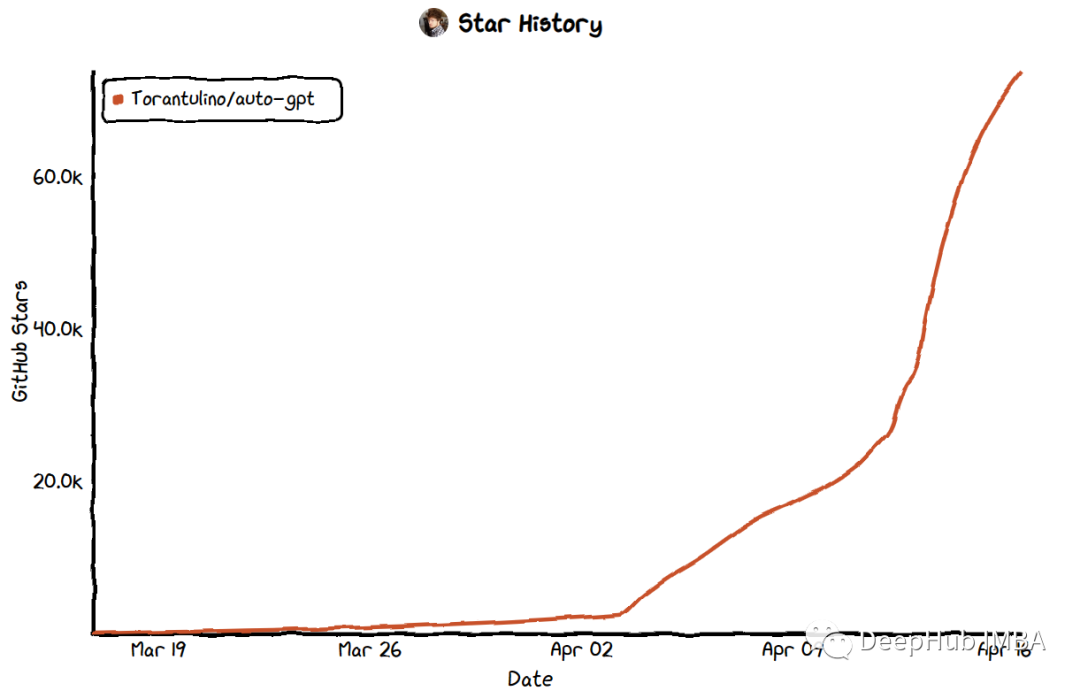
Looking at the growth in GitHub stars shows its recent popularity.
AgentGPT
AgentGPT is a web-based solution. It allows for the configuration and deployment of autonomous AI agents to achieve any goal. It attempts to reach its goals by thinking through the tasks, executing them, and learning from the results.
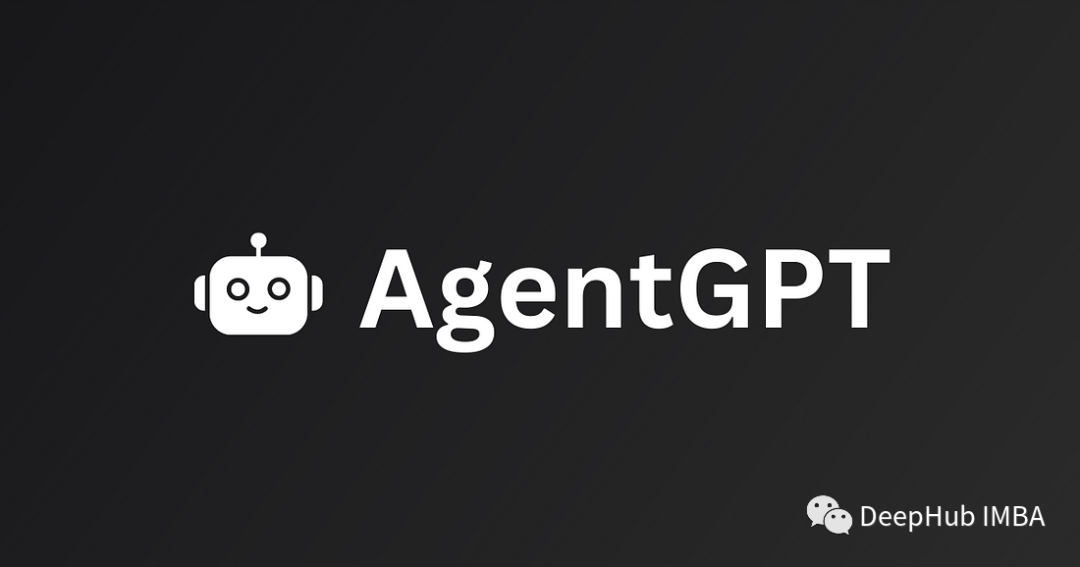
This platform is currently in testing and is developing the following features:
-
Long-term memory via vector DB; -
Web browsing via LangChain (a library for building applications based on large language models); -
Interaction with websites and people; -
User and identity verification.
GitHub: https://github.com/reworkd/AgentGPT
BabyAGI
BabyAGI is a streamlined version of a task-driven autonomous agent.
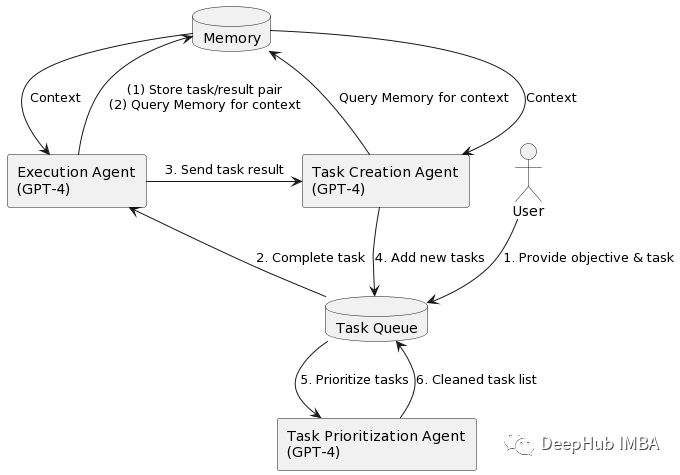
The main idea is to create tasks based on previous task results and predefined goals. The script then uses OpenAI’s language model capabilities to create new tasks based on the goals, using Pinecone to store and retrieve contextual task results. This can be considered the most streamlined autonomous AI architecture. If you are interested in this direction, you can check out its code.
GitHub: https://github.com/yoheinakajima/babyagi
Website: http://babyagi.org/
HuggingGPT
Microsoft’s HuggingGPT, also known as JARVIS, includes an LLM as a controller and many expert models as collaborative executors (from HuggingFace Hub). Its workflow includes four stages:
-
Task Planning: Using ChatGPT to analyze requests to understand intent and break it down into possible solvable tasks. -
Model Selection: Using ChatGPT to select expert models based on descriptions. -
Task Execution: Calling and executing each selected model and returning the results to ChatGPT. -
Response Generation: Finally, integrating all models’ predictions using ChatGPT to generate responses.
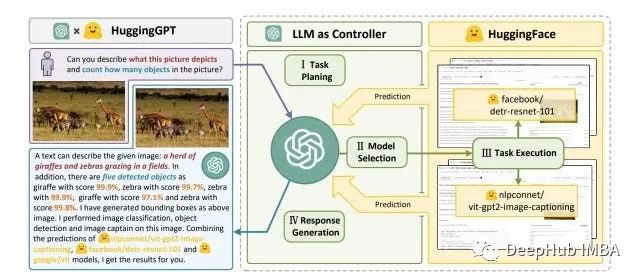
GitHub: https://github.com/microsoft/JARVIS
HF: https://huggingface.co/spaces/microsoft/HuggingGPT
Web LLM
Web LLM is a browser-based LLM and LLM-based chatbot that runs without server support and is accelerated via WebGPU. Technically, Web LLM is not an autonomous solution for AI but a lightweight web chatbot.
GitHub: https://github.com/mlc-ai/web-llm
CAMEL
CAMEL stands for “Communicative Agents for ‘Mind’ Exploration of Large Scale Language Models” and proposes a novel agent framework, acting as a role-playing alternative to AutoGPT and AgentGPT.
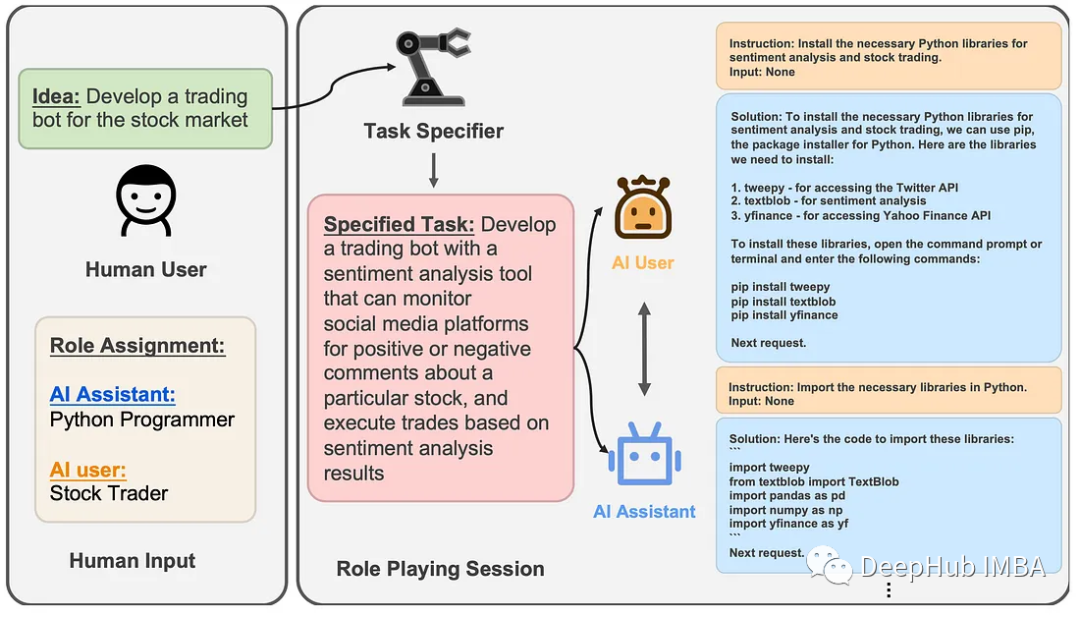
GitHub: https://github.com/lightaime/camel
Website: http://agents.camel-ai.org/
GPTRPG
This system combines gaming and large language models, mainly consisting of two parts.
A simple RPG-like environment supporting LLM-based AI agents, embedding AI agents into game environment roles via the OpenAI API.
This is based on a recently published paper that deployed multiple agents to autonomously participate in online games.
GitHub: https://github.com/dzoba/gptrpg
Arxiv: https://arxiv.org/abs/2304.03442
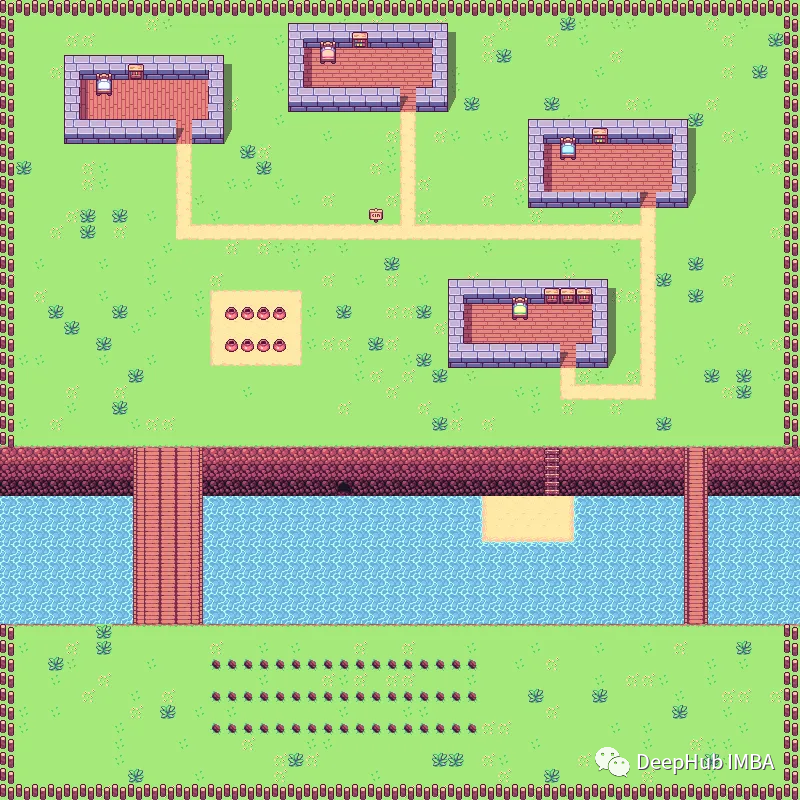
Conclusion
Integrating ChatGPT and LLMs into various applications is just part of the potential of using language models. These models are designed to handle natural language tasks, including text generation, translation, summarization, Q&A, and more. Future language models will be more advanced and intelligent, capable of assisting in a wider range of applications.
For instance, future language models could be used for more accurate machine translation, facilitating cross-cultural communication among humans. They could also be used for automatic summarization and content generation, helping authors and media organizations create and publish content faster. Additionally, language models could be applied to speech recognition and natural language processing, allowing people to interact better with computers.
In conclusion, as language model technology continues to advance, we can expect to see more innovations and progress. These models will become core technologies in the field of AI, providing us with better solutions and a broader range of application scenarios.
Author: Tristan Wolff
Editor: Huang Jiyan
